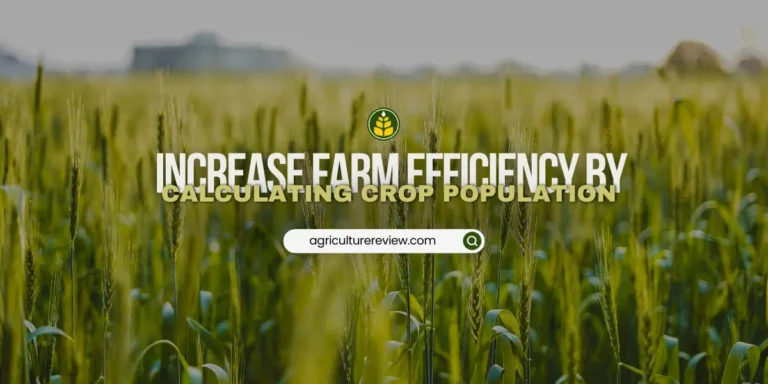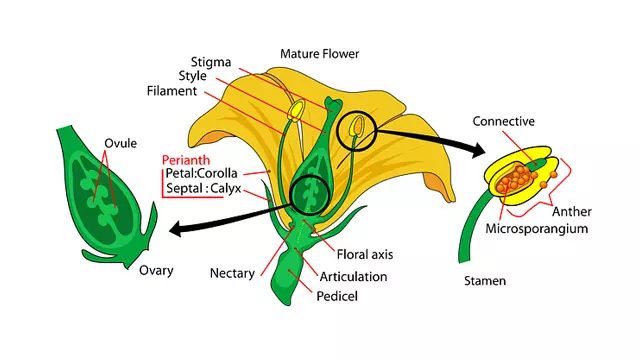1. Which of the following is the primary source of protein for ruminants?
2. Which hormone is responsible for milk letdown in dairy animals?
3. Which of the following diseases is caused by a deficiency of Vitamin D in animals?
4. What is the gestation period of a cow?
5. Which breed of cattle is known for its high milk production?
6. Which animal is commonly used for the production of mohair?
7. What is the main purpose of castration in livestock management?
8. Which nutrient is essential for the formation of hemoglobin in animals?
9. What is the main function of the rumen in ruminants?
10. Which disease in poultry is caused by a herpesvirus?
11. What is the common name for the infectious disease brucellosis in cattle?
12. Which part of the digestive system in birds is responsible for grinding food?
13. What is the normal body temperature of a healthy chicken?
14. Which mineral is critical for eggshell formation in poultry?
15. Which of the following is an example of a monogastric animal?
17. Which type of animal housing system allows for the free movement of animals within a barn?
18. What is the primary function of erythrocytes in animals?
19. Which breed of sheep is known for its superior wool quality?
20. What is the primary method of heat regulation in pigs?
21. Which vitamin is synthesized by ruminants in their rumen?
22. What is the term for the process of giving birth in swine?
23. Which disease is commonly known as mad cow disease?
24. Which nutrient is essential for preventing grass tetany in grazing animals?
25. What is the purpose of using artificial insemination in livestock breeding?
26. What is the main ingredient in most commercial poultry feeds?
27. Which of the following is a zoonotic disease, transmissible from animals to humans?
28. What is the common term for bovine respiratory disease complex (BRDC)?
29. What is the primary benefit of rotational grazing in pasture management?
30. Which breed of chicken is primarily raised for egg production?
31. What is the average lifespan of a dairy cow in a commercial setting?
32. Which of the following is a common external parasite of cattle?
33. What is the main cause of coccidiosis in poultry?
34. What is the main purpose of dehorning cattle?
35. Which of the following is an essential amino acid for poultry?
36. Which type of swine operation specializes in breeding and raising pigs to a weaning age?
37. What is the term for the meat from a sheep less than one year old?
38. Which breed of goat is known for its high milk production?
39. What is the primary reason for administering vaccinations to livestock?
40. Which nutrient is most important for egg production in laying hens?
41. Which livestock species is most affected by the disease foot rot?
42. Which mineral is necessary for the prevention of white muscle disease in livestock?
43. What is the term for an animal that has a diet consisting of both plants and meat?
44. Which of the following is an example of a dual-purpose cattle breed?
45. What is the term for the surgical removal of a male animal’s testicles?
46. Which animal is most commonly used for wool production?
47. What is the primary purpose of colostrum for newborn animals?
48. Which of the following breeds of pigs is known for its rapid growth and large litters?
49. What is the average gestation period for a cow?
50. Which of the following is a legume commonly used in livestock forage?







Thankyou for this, it helps us to improve our knowledge.
Thank you so much . Very helpful I can apply it for my coming board exam.